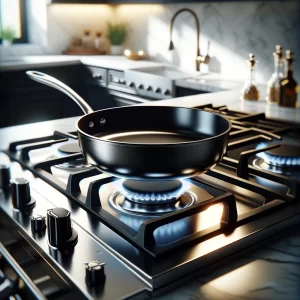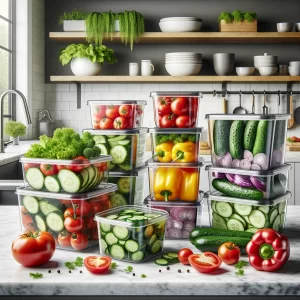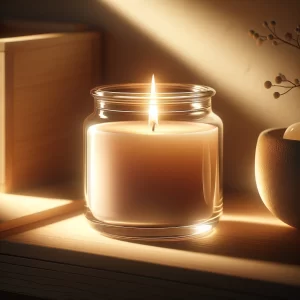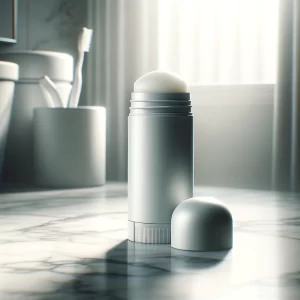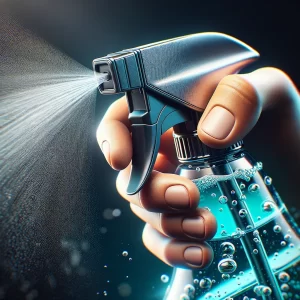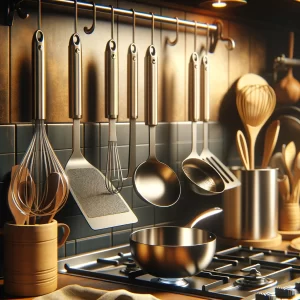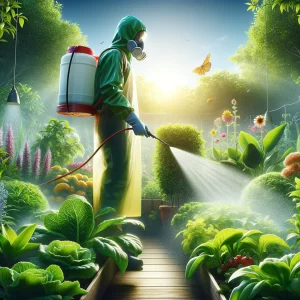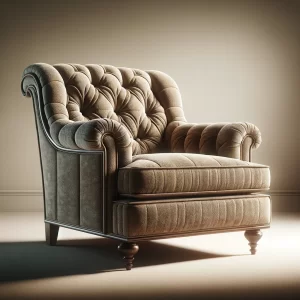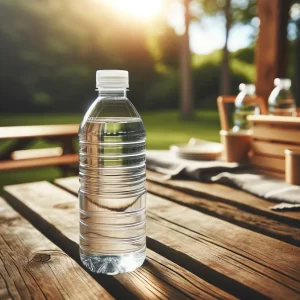In our quest for convenience and efficiency at home, we often overlook the long-term health implications of everyday items. From chemical-laden cleaning products to radiation-emitting gadgets, the modern household is teeming with potential hazards that could compromise our health and longevity. Here, we uncover 13 things you might want to reconsider using at home if you’re aiming for a healthy lifestyle and live past 50.
1. Non-Stick Cookware
Non-stick pans and pots are kitchen staples, prized for their convenience and ease of use. However, when heated to high temperatures, non-stick coatings can release toxic chemicals into the air, posing health risks. Prolonged exposure to these fumes can lead to a condition known as polymer fume fever, with symptoms mirroring those of the flu. Consider switching to safer alternatives like stainless steel, cast iron, or ceramic cookware to minimize health risks while cooking.
2. Plastic Food Containers
Plastic containers are ubiquitous in kitchens worldwide, favored for their lightweight and versatile nature. Yet, many plastics contain bisphenol A (BPA) and phthalates, chemicals that can leach into food and beverages, especially when heated. These compounds have been linked to various health issues, including hormonal imbalances and increased cancer risk. Opting for glass or stainless steel storage solutions can significantly reduce your exposure to these harmful chemicals.
3. Air Fresheners and Synthetic Fragrances
While air fresheners and scented candles can make your home smell pleasant, they often contain volatile organic compounds (VOCs) and synthetic fragrances that can irritate the respiratory system and exacerbate allergies. Long-term exposure to these substances may contribute to more severe health problems, including neurological damage and cancer. Natural alternatives like essential oil diffusers or beeswax candles offer a safer way to keep your home smelling fresh.
4. Antiperspirants Containing Aluminum
Many conventional antiperspirants contain aluminum compounds to prevent sweating. However, these compounds can be absorbed through the skin, potentially affecting estrogen levels and increasing the risk of breast cancer. Opt for natural deodorants free from aluminum and other harmful chemicals to reduce your risk.
5. Chemical Cleaning Products
The convenience of chemical cleaning products is undeniable, but their impact on indoor air quality and personal health can be severe. Many of these products contain a cocktail of harsh chemicals that can cause skin irritations, respiratory issues, and long-term health effects. Switching to natural cleaning agents like vinegar, baking soda, and lemon juice can provide a safe and effective alternative.
6. Teflon Kitchen Utensils
Similar to non-stick cookware, Teflon-coated kitchen utensils can release harmful chemicals when exposed to high heat. These chemicals can contaminate your food and pose health risks. Opting for utensils made from wood, silicone, or stainless steel can avoid this risk.
7. Lead-Based Paints
Homes built before the 1980s may still have walls coated with lead-based paint, which poses a significant health risk, especially to children. Lead exposure can affect brain development, leading to cognitive impairments and behavioral issues. If your home has lead-based paint, consider hiring a professional to safely remove it.
8. Synthetic Carpets
Many carpets are made from synthetic fibers that can emit VOCs, contributing to indoor air pollution. These emissions can trigger allergies, asthma, and other respiratory conditions. Opting for natural fiber rugs or hardwood flooring can improve indoor air quality and reduce health risks.
9. Pesticides and Herbicides
Using chemical pesticides and herbicides in your garden or on indoor plants can introduce harmful toxins into your home environment. These substances can be especially dangerous to children and pets. Organic gardening practices and natural pest control methods offer a safer alternative for maintaining your home’s green spaces.
10. Microwave Popcorn
Microwave popcorn bags are often lined with perfluorooctanoic acid (PFOA), a chemical linked to various health issues, including cancer. Opting for air-popped popcorn or popping kernels on the stove in a healthy oil can be a safer, healthier choice.
11. Flame Retardants in Furniture
Many types of furniture are treated with flame-retardant chemicals to meet fire safety standards. However, these chemicals can accumulate in household dust and pose health risks when inhaled or ingested over time. Choosing furniture made with natural materials and without flame retardant treatments can reduce exposure to these harmful chemicals.
12. Mercury-Containing Thermostats
Older thermostats may contain mercury, a toxic substance that can be released if the thermostat is broken. Exposure to mercury can have serious health consequences, including neurological damage. Upgrading to a digital thermostat can eliminate this risk.
13. Disposable Plastic Water Bottles
Disposable plastic water bottles are not only harmful to the environment but can also pose health risks due to the potential leaching of chemicals like BPA, especially when exposed to heat or sunlight. Frequent use of these bottles can contribute to increased exposure to these harmful substances, which have been linked to a variety of health problems, ranging from hormonal disruptions to increased risks of certain cancers. Investing in a reusable water bottle made from safe materials such as stainless steel or BPA-free plastic can significantly reduce your exposure to these chemicals and also benefit the environment by reducing plastic waste.
Making Healthy Choices So You Can Live Past 50
Making conscious choices about the items we use daily in our homes can have a profound impact on our long-term health and well-being. By opting for safer, more natural alternatives, we can minimize our exposure to potentially harmful substances and create a healthier living environment for ourselves and our families. It’s not only about finding a way to live past 50 but also about ensuring the quality of life as we age. Taking steps to eliminate or replace these thirteen items can be a great start towards a healthier, more sustainable lifestyle.
Read More:
How to Live a Healthy Lifestyle – on a Budget
5 Smart Tips to Staying Fit and Healthy While on Vacation
Catherine is a tech-savvy writer who has focused on the personal finance space for more than eight years. She has a Bachelor’s in Information Technology and enjoys showcasing how tech can simplify everyday personal finance tasks like budgeting, spending tracking, and planning for the future. Additionally, she’s explored the ins and outs of the world of side hustles and loves to share what she’s learned along the way. When she’s not working, you can find her relaxing at home in the Pacific Northwest with her two cats or enjoying a cup of coffee at her neighborhood cafe.


